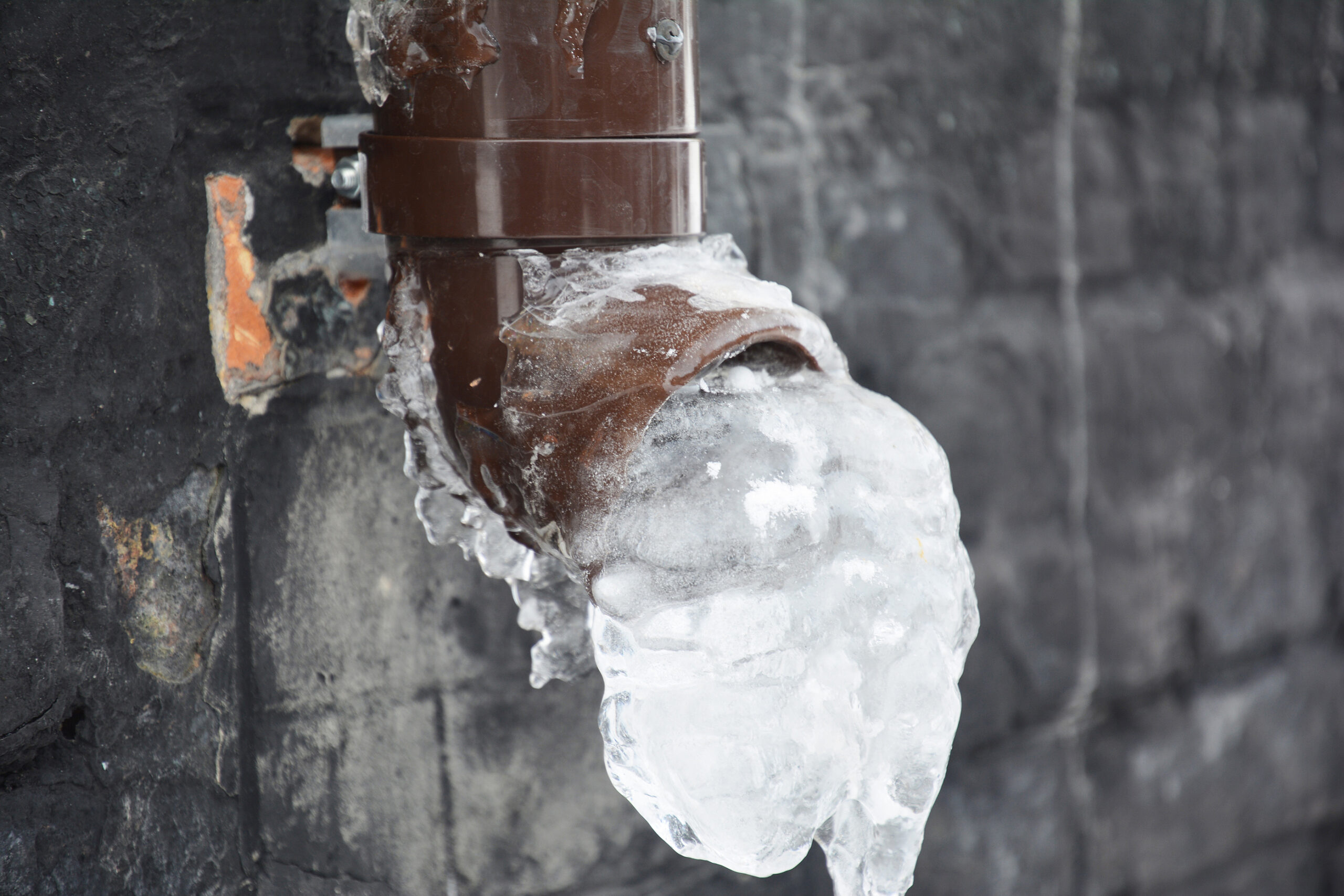Essential Tips for Preventing Frozen Plumbing in Cold Weather Seasons
Essential Tips for Preventing Frozen Plumbing in Cold Weather Seasons
Blog Article
Everyone is bound to have his or her own rationale with regards to 6 Ways to Prevent Frozen Pipes.

Winter can ruin your pipes, specifically by freezing pipelines. Right here's just how to avoid it from happening and what to do if it does.
Introduction
As temperature levels drop, the threat of frozen pipelines boosts, potentially bring about pricey repairs and water damages. Understanding how to prevent frozen pipelines is essential for homeowners in cool climates.
Recognizing Icy Pipes
What triggers pipelines to ice up?
Pipes ice up when revealed to temperatures listed below 32 ° F (0 ° C) for expanded periods. As water inside the pipelines freezes, it increases, taxing the pipe wall surfaces and potentially triggering them to rupture.
Dangers and problems
Icy pipelines can cause water disturbances, building damage, and pricey repair services. Burst pipes can flood homes and trigger extensive architectural damages.
Signs of Frozen Pipeline
Recognizing frozen pipelines early can avoid them from breaking.
How to identify frozen pipes
Try to find decreased water flow from faucets, uncommon smells or sounds from pipes, and visible frost on exposed pipelines.
Avoidance Tips
Insulating vulnerable pipes
Wrap pipes in insulation sleeves or utilize warm tape to shield them from freezing temperatures. Focus on pipes in unheated or exterior areas of the home.
Heating techniques
Keep interior areas appropriately warmed, specifically locations with pipes. Open cupboard doors to permit cozy air to flow around pipes under sinks.
Securing Outdoor Pipes
Garden pipes and outside faucets
Separate and drain garden hoses prior to wintertime. Install frost-proof faucets or cover exterior faucets with protected caps.
What to Do If Your Pipes Freeze
Immediate activities to take
If you presume frozen pipelines, maintain faucets open up to ease stress as the ice thaws. Use a hairdryer or towels taken in hot water to thaw pipelines gradually.
Long-Term Solutions
Structural changes
Consider rerouting pipes away from exterior walls or unheated areas. Include extra insulation to attic rooms, cellars, and crawl spaces.
Upgrading insulation
Buy top quality insulation for pipes, attics, and wall surfaces. Correct insulation aids keep constant temperatures and lowers the risk of frozen pipes.
Final thought
Protecting against frozen pipelines needs proactive measures and quick responses. By recognizing the causes, signs, and preventive measures, house owners can shield their plumbing during cold weather.
5 Ways to Prevent Frozen Pipes
Drain Outdoor Faucets and Disconnect Hoses
First, close the shut-off valve that controls the flow of water in the pipe to your outdoor faucet. Then, head outside to disconnect and drain your hose and open the outdoor faucet to allow the water to completely drain out of the line. Turn off the faucet when done. Finally, head back to the shut-off valve and drain the remaining water inside the pipe into a bucket or container. Additionally, if you have a home irrigation system, you should consider hiring an expert to clear the system of water each year.
Insulate Pipes
One of the best and most cost-effective methods for preventing frozen water pipes is to wrap your pipes with insulation. This is especially important for areas in your home that aren’t exposed to heat, such as an attic. We suggest using foam sleeves, which can typically be found at your local hardware store.
Keep Heat Running at 65
Your pipes are located inside your walls, and the temperature there is much colder than the rest of the house. To prevent your pipes from freezing, The Insurance Information Institute suggests that you keep your home heated to at least 65 degrees, even when traveling. You may want to invest in smart devices that can keep an eye on the temperature in your home while you’re away.
Leave Water Dripping
Moving water — even a small trickle — can prevent ice from forming inside your pipes. When freezing temps are imminent, start a drip of water from all faucets that serve exposed pipes. Leaving a few faucets running will also help relieve pressure inside the pipes and help prevent a rupture if the water inside freezes.
Open Cupboard Doors
Warm your kitchen and bathroom pipes by opening cupboards and vanities. You should also leave your interior doors ajar to help warm air circulate evenly throughout your home.

I ran across that entry on How to Prevent Your Pipes From Freezing when doing a search on the web. Enjoyed reading our post? Please quickly share it. Let someone else find it. Thanks for being here. Come back soon.
Visit My Website Report this page